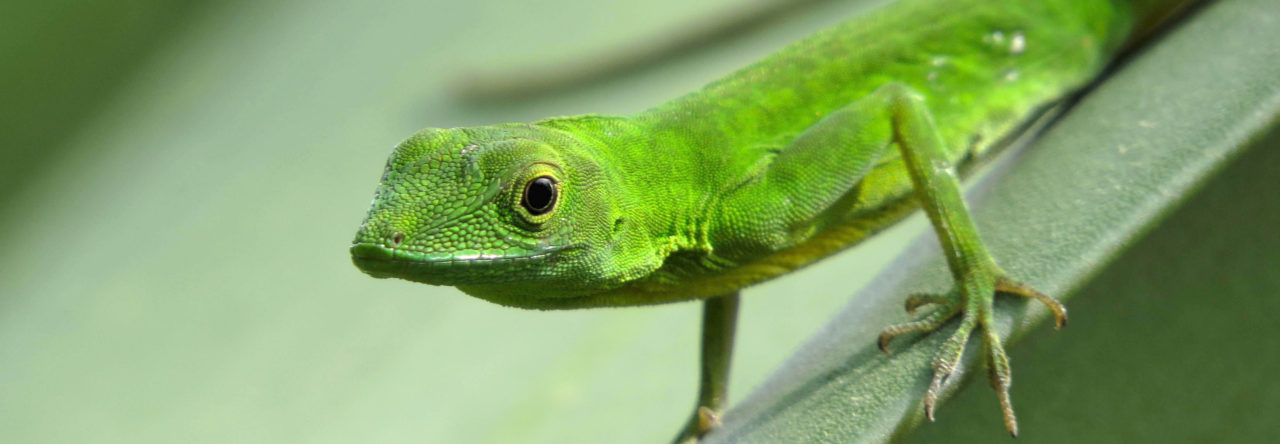
A new paper in Zootaxa aims to figure it out, based on the travel journals of its describer, Franz Werner. Here’s the paper’s abstract:
The eminent Austrian zoologist Franz Werner described several new species of amphibians and reptiles from America, including Anolis aequatorialis Werner, 1894 and Hylodes appendiculatus Werner, 1894. Both species were described based on single specimens, with no more specific type localities than “Ecuador” (Werner 1894a,b). After its description, A. aequatorialis remained unreported until Peters (1967) and Fitch et al. (1976) published information on its distribution and natural history. Anolis aequatorialis is currently known to inhabit low montane and cloud forest on the western slopes of the Andes from extreme southern Colombia to central Ecuador, between 1300 and 2300 m elevation (Ayala-Varela & Velasco 2010; Ayala-Varela et al. 2014; Lynch et al. 2014; D.F. Cisneros-Heredia pers. obs.). Likewise, Hylodes appendiculatus (now Pristimantis appendiculatus) remained only known from its type description until Lynch (1971) and Miyata (1980) provided certain localities and information on its natural history. Pristimantis appendiculatus is currently known to occur in low montane, cloud, and high montane forests on the western slopes of the Andes from extreme southern Colombia to northern Ecuador between 1460 and 2800 m elevation (Lynch 1971; Miyata 1980; Lynch & Burrowes 1990; Lynch & Duellman 1997; Frost 2016). To this date, the type localities of both species remain obscure. The purpose of this paper is to restrict the type localities of Hylodes appendiculatus Werner, 1894 and Anolis aequatorialis Werner, 1894 based on analyses of the travel journals of their original collector.
- Evolution in Real Time on Lizard Island - March 23, 2025
- Spider Snags Adult Anolis osa - March 22, 2025
- An Homage to the Green Anoles of New Orleans - March 21, 2025


Diego F. Cisneros-Heredia
Thanks for the post! Just one correction, the paper is based on an analysis of the travel journals of Karl Ludwig Schmarda, collector of the type specimens of Anolis aequatorialis and Hylodes appendiculatus (Pristimantis appendiculatus).